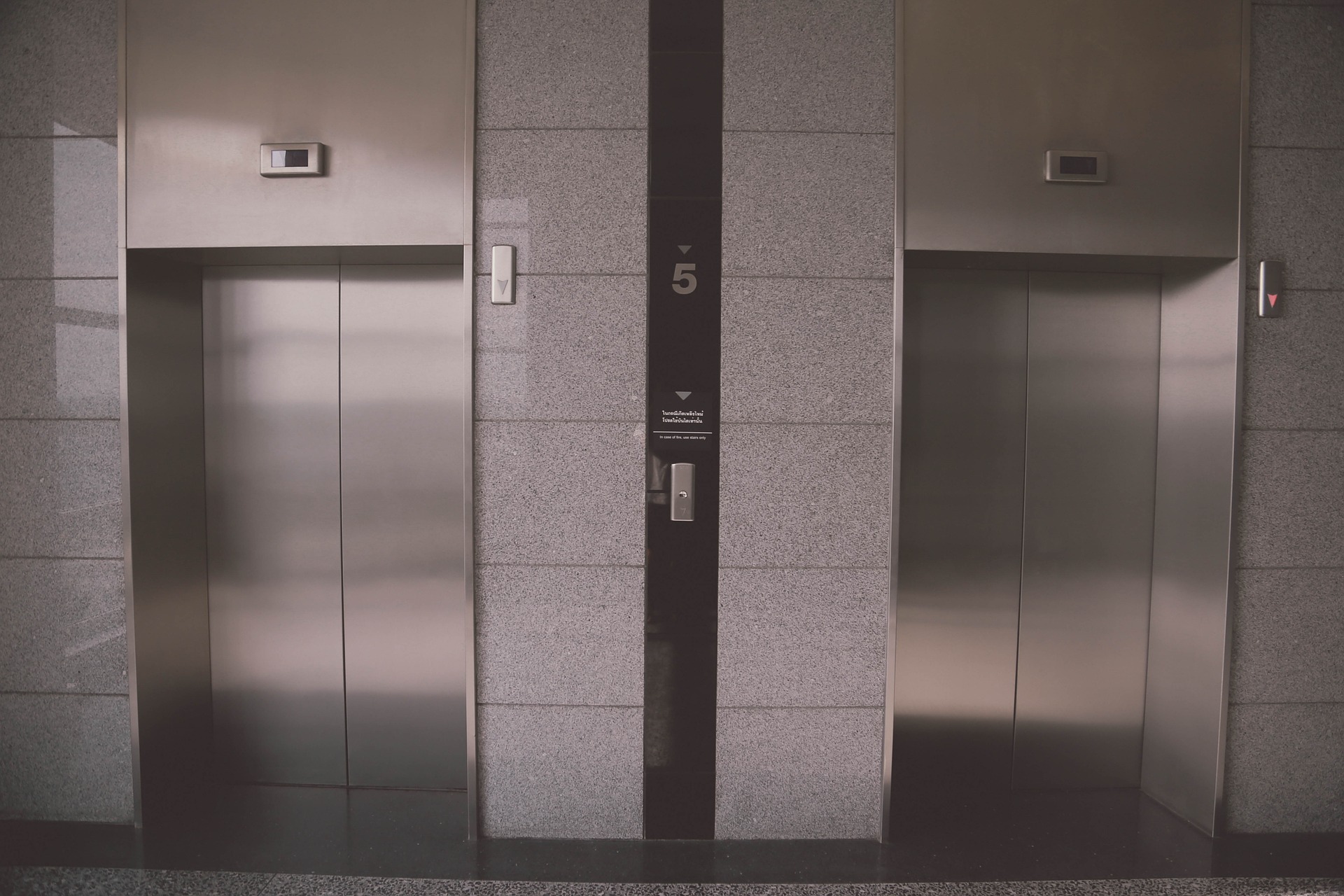Symptoms of Elevator Failure
Elevator component failure commonly begins as a performance issue that spirals into complete failure if left untreated. If you oversee elevator maintenance for your organization, beware of the following symptoms of elevator component failure due to oil degradation:
Odor
Odor is an indication that something is awry with the oil in the hydraulic components. You may describe the odor as skunk, burnt food, rotten eggs, roadkill, almonds, or chemical odors.
Leveling
Leveling is the accuracy of an elevator car stopping in line with the intended floor’s walking surface. Evidence includes when the elevator stops improperly causing floor misalignment.
Transition Speed
Transition speed symptoms include when the elevator comes to a hard stop or stops between floors. The elevator may also stall with large loads, fail to hold position or show signs of other related symptoms.
Testing for Elevator Failure
When elevator performance begins to decline, the first step is to diagnose the source of the issue. First, we test the system’s oil for values of viscosity, water, particle count, acidity, and Membrane Patch Colorimetry (MPC). Based on the test results, our engineers pinpoint the cause of system underperformance or failure. Then, our equipment saving varnish mitigation process is implemented immediately to remove harmful contaminants.
We strongly advise all elevator maintenance teams to routinely test your system’s oil for degradation and oxidation risk factors before performance begins to decline.



